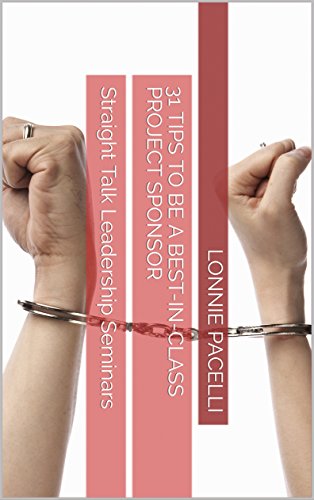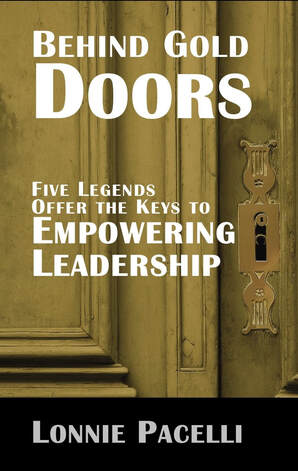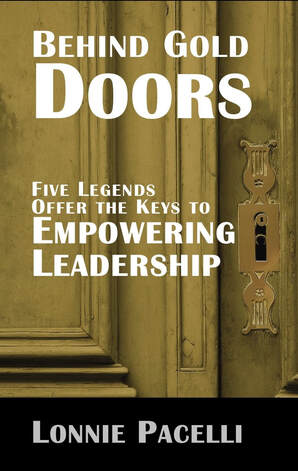
Recently I was asked by a journalist how I practiced public speaking. At this point in my life, getting up in front of an audience is pretty much second nature. However, it wasn't always so. I had to work hard at the skill and had to fail A LOT before I found my schtick and was able to get pretty OK at it.
Here are the highlights from the interview along with six take-aways to help you be a better public speaker.
0 Comments
Great Sponsor + Great PM = Great Success - Ten Truths of an Effective Sponsor/PM Partnership4/20/2021 
A sad tale of a how a sponsor/PM relationship killed a project...
Exec identifies a need for a project and nominates self as sponsor. PM gets assigned to project and assembles project team. Sponsor is vague about problem to be solved other than "we need a new system". PM can't communicate problem to be solved to the team because he doesn't understand what the problem is. Sponsor continues to ask for more and more things to be included in project, PM doesn't have courage to say no. PM treats sponsor as "that person in the corner office" and doesn't know how to ask for help, so he escalates everything. Sponsor has to make some tough decisions but is unwilling to do so because of the political fallout. PM provides bad information about decision alternatives so sponsor ignores him. Due to changing priorities project no longer makes sense to do, but PM lobbies to keep the project going. Sponsor loses interest because there are bigger fish to fry. PM and team are disillusioned because sponsor doesn't care. Project dies a slow death. R.I.P. While this is a fictional story, you can undoubtedly relate to most of these things happening on one project or another in your career. The sponsor/PM partnership on a project is one of those "soft skill" factors that gets frequently overlooked when assessing a PM's skills but is a key determinant in the success or failure of a project. Under a healthy partnership, the sponsor and PM work as a singular unit to ensure the project gets what it needs to be as successful as possible using only as many resources as absolutely necessary to secure success. Under a less than healthy relationship the project will undoubtedly cost more in time and money assuming it even gets completed at all. Throughout my career I've been both a sponsor and a PM and have first-hand experience in how this relationship needs to work from both sides of the desk. Through my experience, I've locked down on ten truths which I feel are crucial to securing a healthy sponsor/PM partnership. See if these resonate with you: 
Hal was a new leader over a team of six followers. He committed to his manager that he would be a “learning leader,” and read leadership books to improve his skills. Almost every month in team meetings Hal included a book report on his latest book and the leadership techniques he wanted to put into practice. At first the team was receptive, but after the first few books a pattern emerged. Hal would talk about what he learned and implement the new methods . . . until he read the newest book on his list, making the previous book’s approach yesterday’s news—pushed aside. The team grew exasperated with Hal’s technique du jour only to have it replaced with a newer model. Even worse, the theory stayed just that, theory. Hal evaluated himself based on his knowledge; the team evaluated him based on his actions. Hal ultimately lost his team leader role; all that theory never making its way to reality.

So check this out.
Recently I received an email from someone who found me on LinkedIn. The person wasn’t a connection of mine, so I had no idea who he was or where he worked. Let’s go through some of the items on the email (indicated by red letters A-F) and how it influenced my impression of this person. I changed personally identifiable information and will call him John Doe. |
Topics
All
Reprints
Contact Lonnie about article reprints. Please specify article you wish to reprint. Backlist
See Lonnie's Amazon Author Page Archives
July 2024
|
Lonnie Pacelli - Building Thriving Leaders™
Insightful | Creative | Direct Advice to Help Leaders Help Themselves
Keynote Speaker | Board Director | Autism Advocate | Author | Project Management Expert | Microsoft/Accenture Veteran
See his books on Amazon
Insightful | Creative | Direct Advice to Help Leaders Help Themselves
Keynote Speaker | Board Director | Autism Advocate | Author | Project Management Expert | Microsoft/Accenture Veteran
See his books on Amazon
Services |
About
|
© COPYRIGHT 2019. ALL RIGHTS RESERVED.
We are a participant in the Amazon Services LLC Associates Program, an affiliate advertising program designed to provide a means for us to earn fees by linking to Amazon.com and affiliated sites.
|

 RSS Feed
RSS Feed